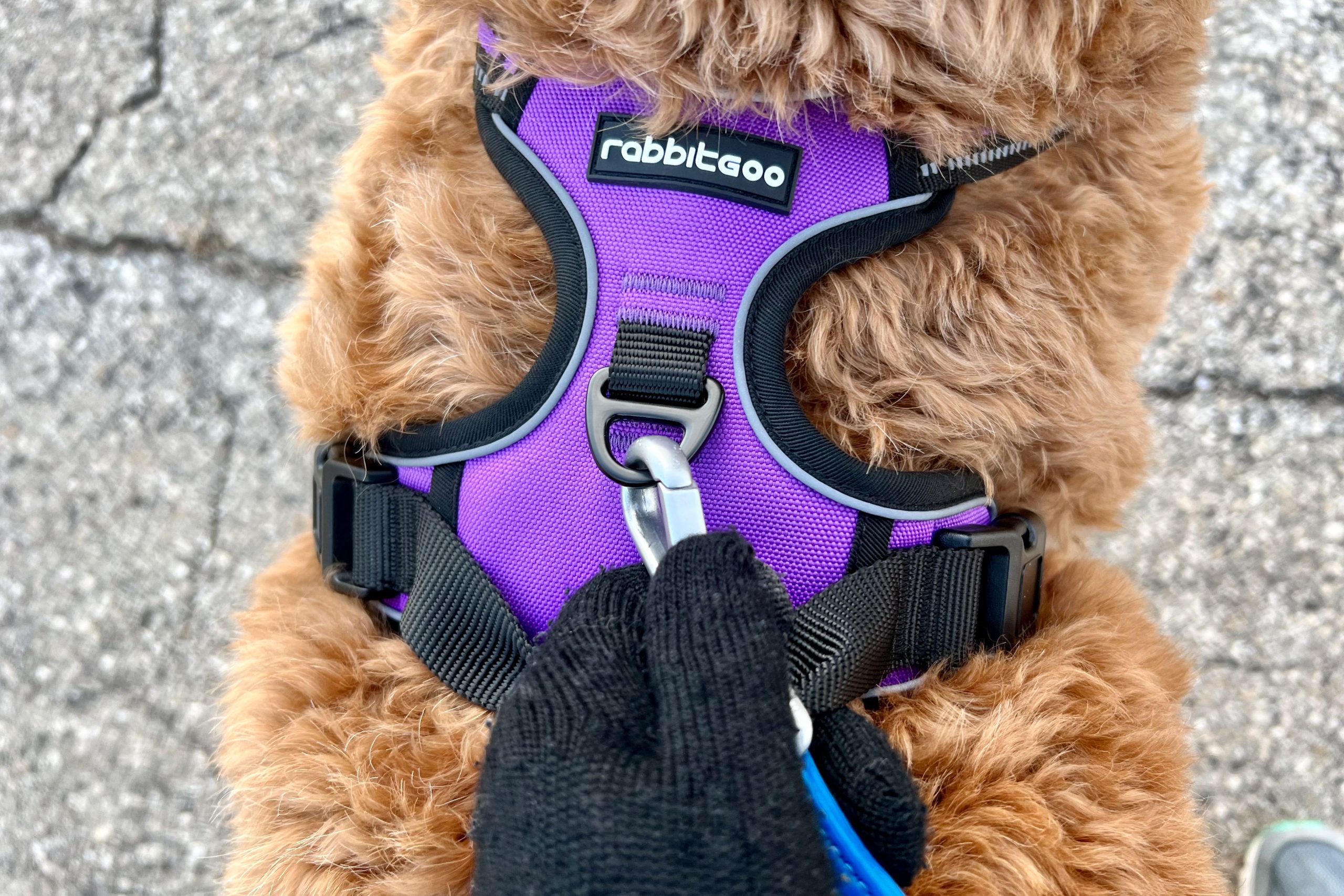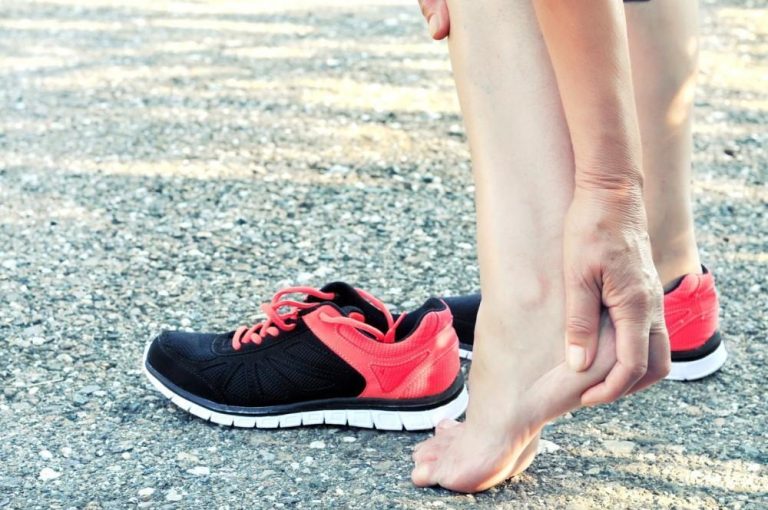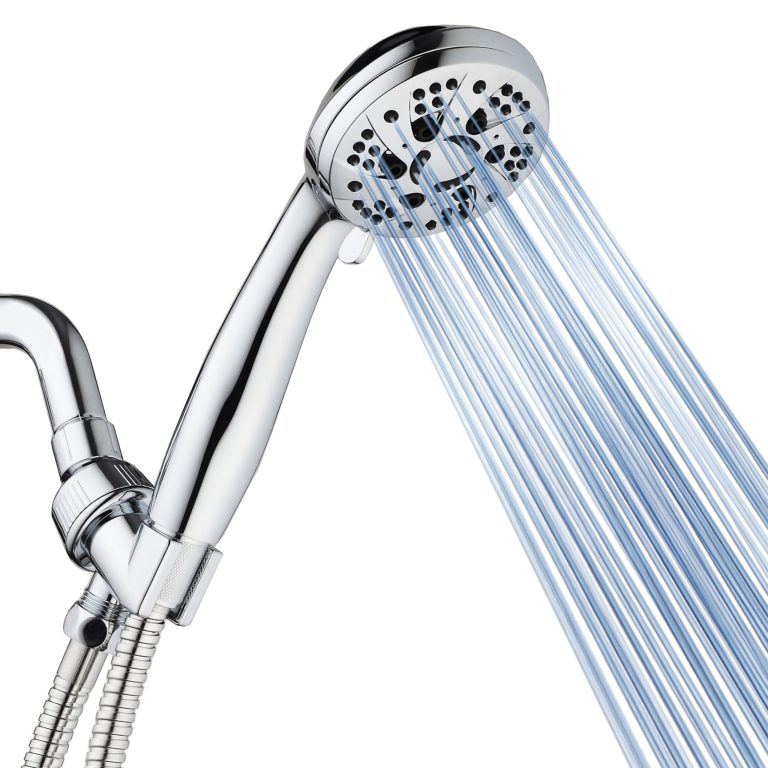9 Best Dog Harnesses for Comfort and Safety: Top Picks for All Dog Sizes and Activities
Choosing the right dog harness can make all the difference in your furry friend’s comfort and safety. With so many options on the market, it’s easy to feel overwhelmed by the choices. Whether you’re looking for something durable for outdoor adventures or a harness that’s gentle on your pup’s sensitive skin, finding the perfect fit is crucial.
In this guide, we’ll walk you through the 9 best dog harnesses available today. From adjustable designs to those with extra padding, these top picks cater to various needs and preferences. Let’s dive in and find the ideal harness to keep your dog happy and secure on every walk.
Assessing Your Dog’s Harness Needs
Choosing the right dog harness can significantly impact your dog’s comfort and safety. Here’s how to assess your dog’s specific harness needs.
Consider Your Dog’s Size and Breed
Match the harness to your dog’s size and breed. Small breeds like Chihuahuas and Dachshunds need lightweight, adjustable harnesses ensuring a secure fit. Larger breeds like Labradors and German Shepherds require robust harnesses that distribute pressure evenly to prevent strain. Check sizing charts provided by manufacturers to find the perfect fit, as an ill-fitting harness can cause discomfort or escape risks.
Understand Your Walking Style and Environment
Adjust your choice based on your walking habits and surroundings. If you take long hikes, opt for a durable, padded harness to ensure comfort over extended periods. For urban settings with lots of traffic, a harness with reflective strips enhances visibility and safety. For calmer walks in parks, a simple, no-frills harness suffices. Different scenarios demand different features, so tailor your choice to where and how you walk your dog.
Review of the 9 Best Dog Harnesses
We’ve meticulously reviewed numerous options to present the top 9 dog harnesses catering to different needs. Here’s a detailed look at our selections:
Harness 1: Best for Small Dogs
Perfect Fit guarantees phenomenal comfort for tiny breeds like Chihuahuas and Yorkies. This adjustable harness offers a snug fit, reducing the risk of escape. Soft padding ensures your small dog enjoys every walk.
Harness 2: Best for Large Dogs
Ruffwear Front Range stands out for larger breeds such as German Shepherds and Great Danes. With its robust design and reinforced stitching, this harness provides ultimate control and durability. Its padded chest plate minimizes strain on your dog’s neck.
Harness 3: Best for Puppies
Puppia Soft Vest is an excellent choice for puppies. Its breathable mesh fabric keeps your pup comfortable during walks. The quick-release buckles make it easy to put on and take off, perfect for young, wriggly dogs.
Harness 4: Best No-Pull Harness
PetSafe Easy Walk curbs pulling behaviors in dogs of all sizes. Its front clip design redirects your dog’s movement, making walks more enjoyable. Soft but sturdy, it prevents strain on your dog’s throat and chest.
Harness 5: Best for Hiking
Kurgo Tru-Fit harness excels on rugged terrains, ideal for hiking adventures. With its strong, durable materials and padded chest plate, it offers both safety and comfort. Its additional handle enables you to lift or help your dog over obstacles.
Harness 6: Best Budget-Friendly Harness
Rabbitgoo No-Pull provides a cost-effective solution without compromising quality. With adjustable straps and sturdy materials, this harness ensures a comfortable and secure fit. Reflective strips add visibility for nighttime walks.
Harness 7: Most Durable Harness
EzyDog Chest Plate harness is built to last. Its robust construction with dense stitching and resilient materials can withstand substantial wear and tear. The ergonomic chest plate evenly distributes pressure, supporting your dog’s front.
Harness 8: Best Stylish Harness
Blueberry Pet Spring harness offers a combination of function and flair. Available in various colors and patterns, it allows your dog to step out in style. Despite its fashionable appearance, it’s built for comfort and durability.
Harness 9: Best Multi-Functional Harness
2 Hounds Design Freedom harness provides versatile features, making it a multi-functional choice. With both front and back leash attachments, it’s suitable for training and casual walks. Its padded straps ensure your dog’s comfort, no matter the activity.
By considering these options, you can choose the best harness for your dog’s specific needs, ensuring every walk is a pleasure for both you and your furry friend.
Key Features to Consider in a Dog Harness
When choosing the best dog harness, it’s crucial to consider features tailored to your dog’s needs. Here are the key aspects to focus on:
Adjustability and Comfort
Ensure the harness is adjustable. A good harness should have multiple adjustment points, allowing it to fit snugly without causing discomfort. Look for padded areas around the chest and belly to prevent chafing, ensuring that your dog is always comfortable during walks. Proper adjustment will prevent the harness from slipping off or causing pressure points.
Material and Durability
Select a harness made from high-quality materials. Nylon and polyester are commonly used for their strength and durability. You might also consider materials with reflective stitching for added visibility during nighttime walks. Check for reinforced stitching and sturdy buckles to withstand daily wear and tear, especially if your dog is an enthusiastic puller.
Safety Features
Prioritize safety features. Reflective strips increase visibility in low light, enhancing your dog’s safety during early morning or late evening walks. Consider a harness with a handle on the back, enabling you to quickly grab and control your dog in emergencies. Front and back leash attachment points provide flexibility for different walking styles, offering better control during walks.
Tips for Fitting and Using Dog Harnesses
A well-fitted harness ensures your dog’s safety and comfort. Follow these guidelines for the best outcomes.
How to Properly Fit a Harness
Measure your dog accurately. Use a soft tape measure to get the girth of your dog’s chest right behind the front legs.
Check for the two-finger rule. After fastening the harness, ensure you can slide two fingers between the harness and your dog’s body to avoid tightness or discomfort.
Adjust for symmetry. Make sure all straps are equal and not twisted, promoting even weight distribution.
Look for signs of discomfort. Watch your dog’s behavior; if your dog tries to scratch or bite the harness, it might be too tight or improperly fitted.
Training Your Dog to Wear a Harness
Introduce gradually. Start by letting your dog sniff the harness and get used to its presence.
Use positive reinforcement. Reward your dog with treats and praise when they accept the harness being put on.
Practice indoors first. Let your dog wear the harness indoors for short periods before heading outside for walks.
Stay patient and consistent. It might take a few days or weeks for your dog to fully adjust to wearing a harness.
Care and Maintenance of Dog Harnesses
Taking care of your dog’s harness is crucial for ensuring its longevity and your pet’s comfort. Proper maintenance will help keep it in top condition, ready for your next adventure together.
Regular Cleaning Tips
Clean your dog’s harness regularly to prevent dirt and bacteria buildup. Use a mild detergent and warm water. Hand wash the harness in soapy water, then rinse thoroughly to remove all soap residue. Air dry it completely before using it again. If the harness is machine-washable, put it in a mesh bag to protect it during the wash cycle. Always follow the manufacturer’s cleaning instructions to avoid damaging the harness.
Inspection and Replacement
Inspect the harness before each use. Check for signs of wear and tear, like frayed straps or weakened buckles. Pay attention to any loose stitching or damage that might compromise its safety. If you notice any significant issues, replace the harness immediately. Routinely replacing a worn-out harness ensures that your dog remains safe and secure during walks. Regular inspections can catch minor problems before they become major hazards.
Conclusion
Choosing the right dog harness is crucial for your pet’s comfort and safety. By understanding your dog’s specific needs and considering factors like size, breed, and activity level, you can ensure a secure and enjoyable walking experience. Remember to prioritize features such as adjustability, material quality, and safety elements. Regular maintenance and inspection of the harness will also help extend its lifespan and keep your dog safe. With the right harness, you and your furry friend can enjoy many happy walks together.
Frequently Asked Questions
How do I choose the right size dog harness?
Measure your dog’s chest and neck girth, then check the manufacturer’s size chart. Ensure there’s a snug, but not tight, fit to avoid discomfort or escape.
What kind of harness is best for small dogs?
Opt for a lightweight, padded harness designed specifically for small breeds to ensure comfort and prevent strain on their neck and back.
Are no-pull harnesses effective?
Yes, no-pull harnesses can be effective for training dogs not to pull. They distribute pressure evenly and discourage pulling behavior when used correctly.
How often should I inspect my dog’s harness for wear and tear?
Inspect the harness before each use to check for any signs of wear, fraying, or damage. Replace immediately if significant issues are detected.
Is it safe to leave a harness on my dog all day?
It’s best to remove the harness when not walking your dog to prevent skin irritation and allow them to relax comfortably without any constraints.
Can I machine wash my dog’s harness?
Many harnesses are machine-washable, but always check the care instructions. Use mild detergent and air dry to maintain the harness’s integrity.
What features should I look for in a hiking harness for my dog?
Look for durability, adjustable fit, and added safety features like reflective strips and a handle for emergencies. Ensure it’s comfortable for extended wear.
How can I tell if a harness is uncomfortable for my dog?
Signs of discomfort include chafing, constant scratching, and reluctance to walk. Ensure the harness fits properly and check for adjustments or padding issues.
What is the best way to train my dog to use a harness?
Introduce the harness slowly, let your dog wear it for short periods at first, and reward them with treats and praise to create positive associations.
Is a harness better than a collar for walking my dog?
Harnesses distribute pressure more evenly and provide better control, making them generally better and safer than collars, especially for dogs prone to pulling.






